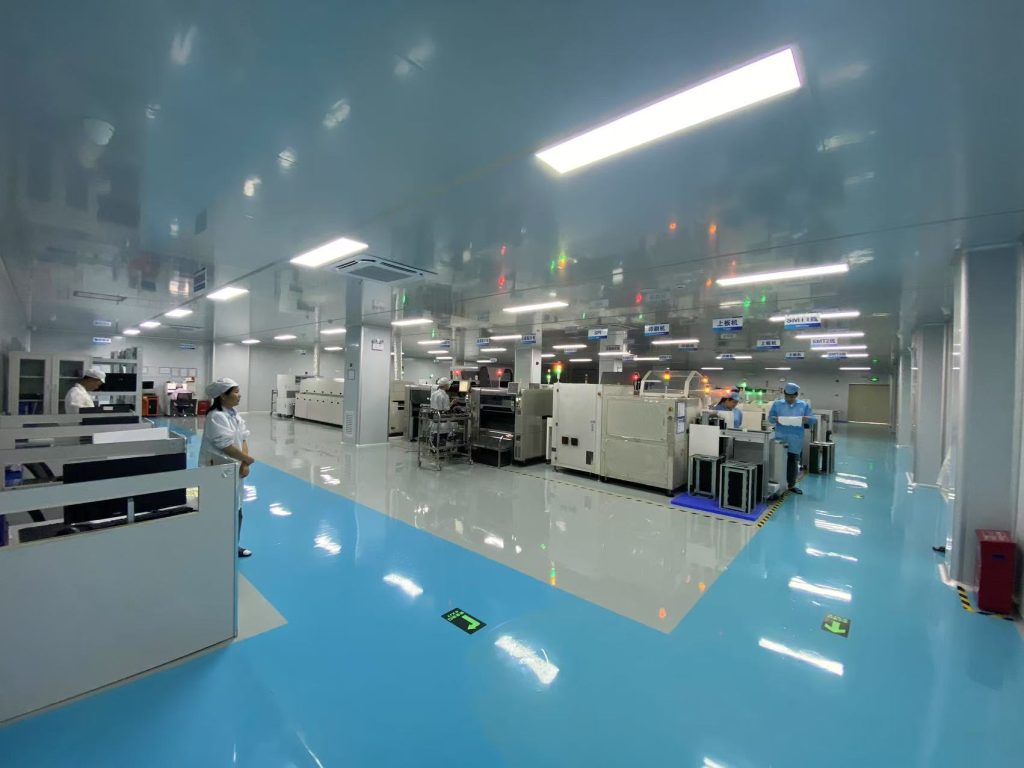Optimizing Factory Layout Design for Efficiency and Growth
Factory PCB Layout design is a critical strategic decision that profoundly impacts a company’s productivity, costs, and long-term agility. It is the blueprint that dictates the flow of materials, people, and information. An effective layout minimizes waste, reduces handling time, and creates a safe working environment, while a poor one can lead to persistent bottlenecks and high operational costs. There is no one-size-fits-all solution; the optimal design depends on the specific type of production.
Common Layout Types and Their Applications from Factory PCB Layout design
Several fundamental layout models serve different manufacturing needs. The Process Layout groups similar machinery together (e.g., all welding stations in one area). This offers flexibility for high-variety, low-volume production, like job shops, but can lead to complex and lengthy material flows. In contrast, the Product Layout arranges equipment in a sequential line based on the production steps for a specific product. This is ideal for high-volume, low-variety manufacturing, such as automotive assembly, as it enables efficient linear flow. The Cellular Layout is a hybrid, creating cells dedicated to producing a family of similar parts, combining the flexibility of a process layout with the flow efficiency of a product layout. For large or heavy products like airplanes or ships, a Fixed-Position Layout is used, where the product remains stationary, and materials and workers are brought to it.
2. Key Principles for an Effective Layout of Factory PCB Layout design
Regardless of the type chosen, several core principles guide effective PCB layout design. The primary goal is to minimize material handling. This involves reducing the distance traveled, eliminating unnecessary movement, and ensuring a logical, unidirectional flow. Safety and ergonomics must be integrated from the start, with clear aisles, well-marked hazards, and workstations designed to minimize worker strain. Furthermore, a successful layout incorporates flexibility and scalability. It should be adaptable to accommodate changes in product design, production volume, or the introduction of new technology without requiring a complete overhaul.
3.The Impact of Modern Technologies
Advancements in technology have transformed layout planning. Computer-Aided Design (CAD) software allows for precise and easy creation of multiple layout alternatives. Simulation modeling takes this further by enabling planners to test how a proposed layout will perform under real-world conditions, identifying potential bottlenecks before any physical changes are made. The rise of Industry 4.0 and smart factories also influences design. Layouts must now facilitate the seamless integration of technologies like Autonomous Mobile Robots (AMRs) and the Internet of Things (IoT), which require clear pathways and robust data connectivity throughout the facility.
In conclusion, factory layout design is not a one-time project but an ongoing process of improvement. A well-designed layout is a powerful tool for reducing costs, improving throughput, and enhancing safety. By carefully selecting the right type and adhering to core principles while leveraging modern tools, manufacturers can create a layout that supports both current operational excellence and future growth.
